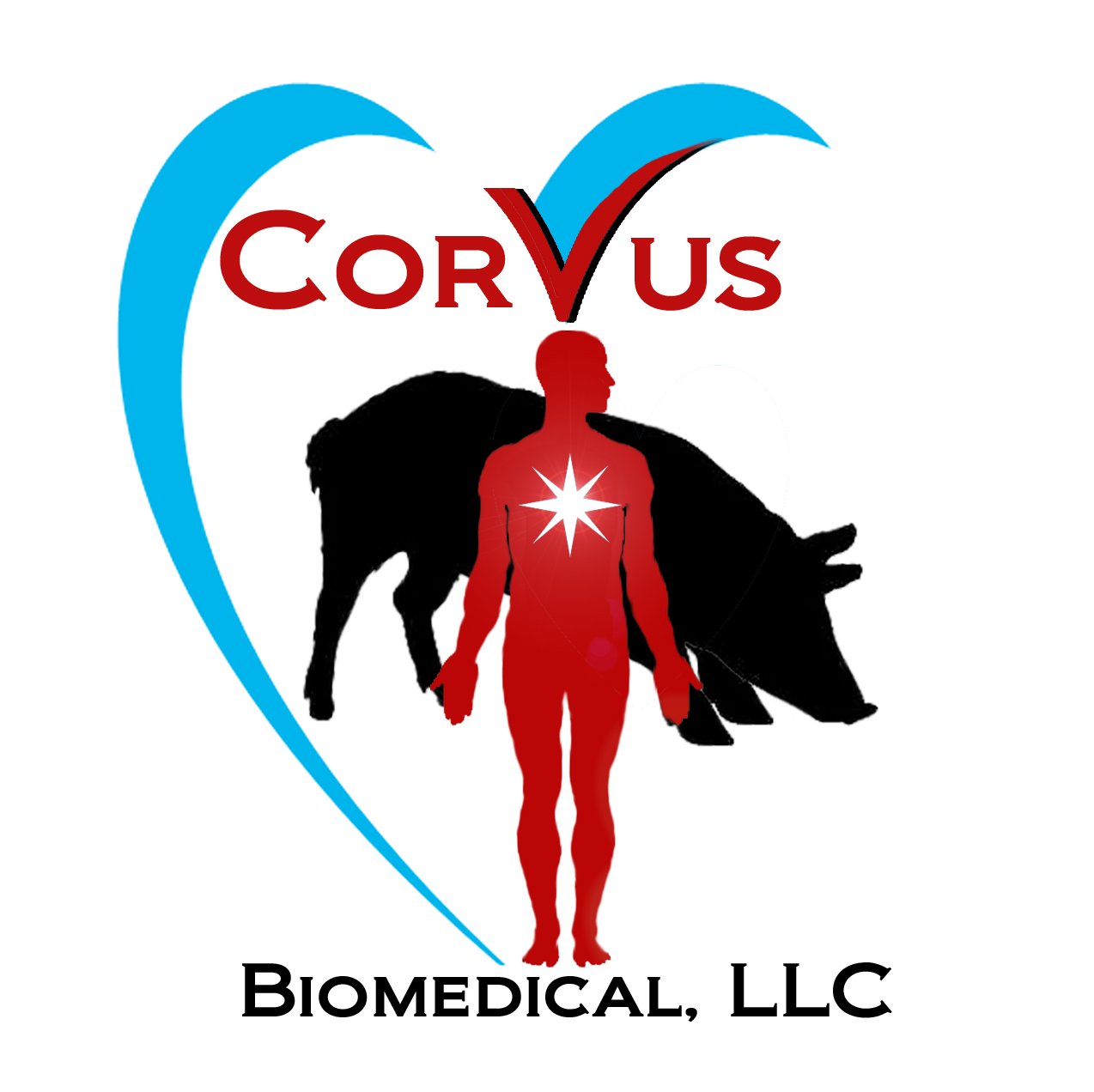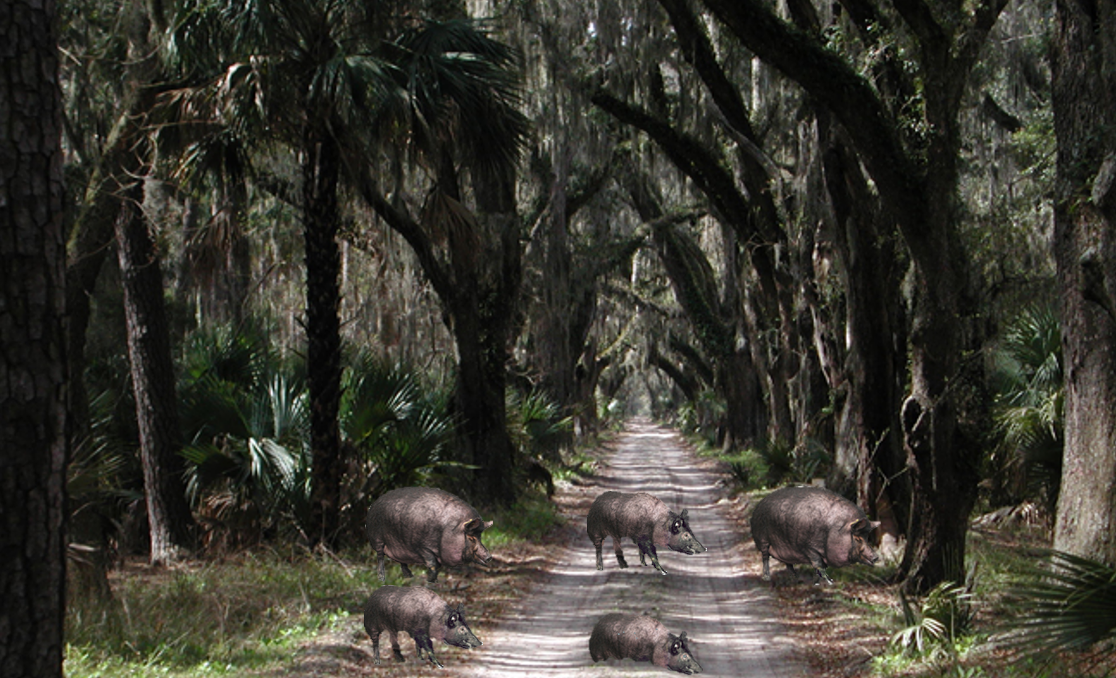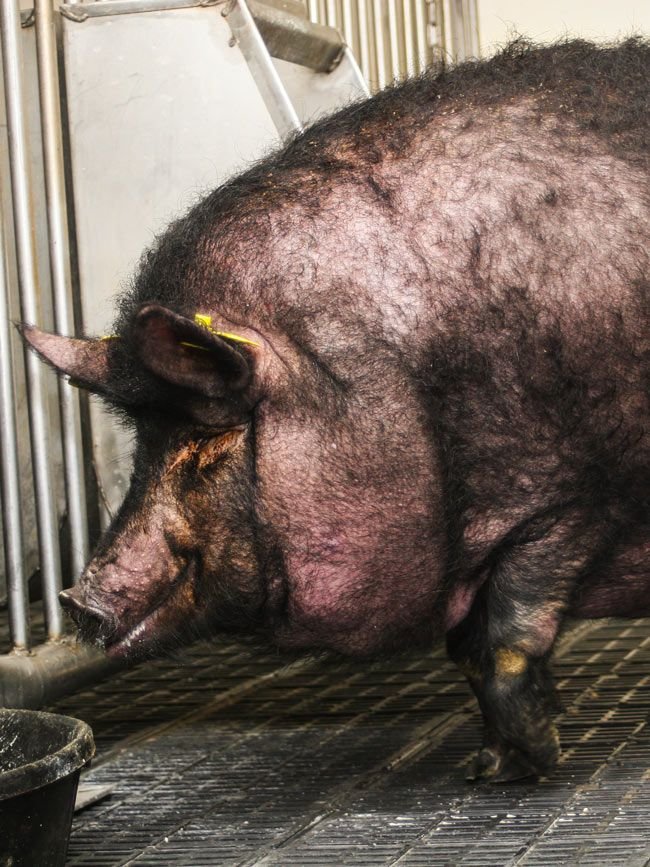A path forward
Two decades ago, a novel opportunity to combat many of the world’s deadliest diseases presented itself. Our team of research led scientists set off to Ossabaw Island, a heart shaped land off the coast of Georgia, and saved a small colony of pigs known as Ossabaw Swine.
What makes our model ideal for research?
Investigating metabolic syndromes is not the only service our model can provide however. Ophthalmology, neurology, endocrinology, immunology, radiology, pharmacology, and the behavioral sciences are just some of the many fields of study our colony has been involved in. Having been sold to hundreds of research institutes, universities, and companies around the U.S. and abroad, CorVus Biomedical offers a credible track record to those looking for a model that translates into improving and saving human lives. To learn more about our services offered, please refer to our service page above or feel free contact us with any inquiries.
Theorized to have been brought over to the island by Spanish explorers centuries ago, Ossabaw island hogs have since adapted to survive the harsh conditions and scarce nutrition set forth by their environment. They are specifically referred to as miniature swine due to their smaller size compared to other breeds of pigs, changes likely resulting from less access to resources on the island. Another notable mechanism among these adaptations is that of the “thrifty gene”, a trait that allows these pigs to rapidly store fat when food is abundant in order to endure periods of food scarcity, and one that has garnished them the title of being the “fattest terrestrial mammal on earth”. In the wild, rapid fat accrual leads to a natural prediabetic condition in these animals that amazingly enough, is reversible once food is no longer available.
In a research setting, this phenomenal propensity to obesity can easily be replicated and expanded upon. Our animals can hold up to 5 times the fat of production pigs. With prolonged access to a high energy diet similar to that of the Western diet, diabetes, obesity, and other metabolic syndromes that ultimately lead to complications such as cardiovascular disease can be invoked and carefully studied in order to be applied to human medicine. According to a systematic review of 6 livestock and 7 miniature swine breeds, “The Ossabaw miniature swine in particular represents a highly translatable model that develops each of the core parameters of the syndrome with many of the associated secondary comorbidities.”




